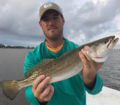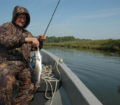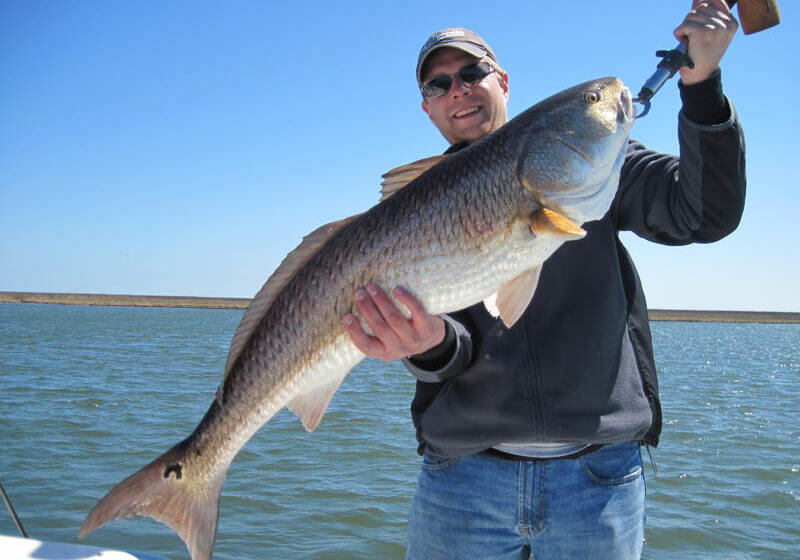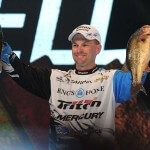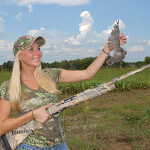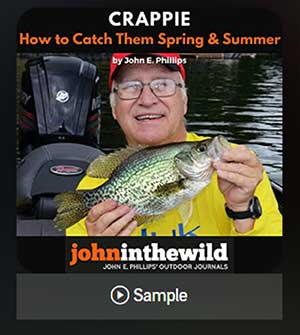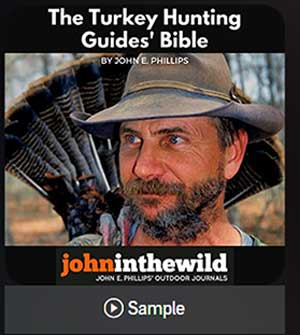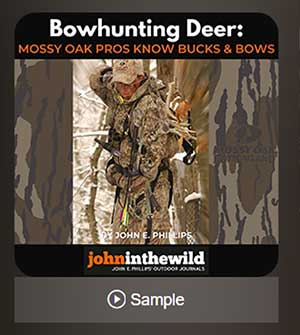Shrimp:
When you fish for speckled trout, you can’t beat a live shrimp, one of the natural, favored baits of trout. To catch specks on a shrimp, use a slip bobber, either without lead or a small piece of shot lead 12- to 16-inches up the line, and either a No. 4 treble hook or a No. 4 Kahle hook. Cast the cork and the shrimp out to a deep channel or a shallow grass bed. The cork will allow the shrimp to go down to the depth where the trout are holding, yet keep the shrimp off the bottom. Many times, even when fishing a slip bobber and a live shrimp in 6 to 10 feet of water, I’ve seen a trout chase a shrimp all the way to the surface, before the fish eats the shrimp. Some anglers also recommend using a popping cork when you fish live shrimp for specks. Suspend the live shrimp about 2- to 3-feet under the cork, and pop the cork over the surface of the water to sound like trout feeding. Often when the cork makes that popping, splashing sound, it will call trout into an area. The fish will see your bait and then eat it. When fishing for trout and redfish at any time during the year, live shrimp is a hard bait to beat.
The mullet is another preferred bait of speckled trout and redfish. Anglers have learned that big 5- and 6-inch mullet catch bigger trout. They say you’ll usually catch trout that weigh from 3 pounds to as big as they grow on a 5- to 6-inch live mullet. The smaller trout and trash fish won’t hit the bigger mullet. Too, when you fish the bigger mullet, pinfish, saltwater catfish and other non-game species won’t attack the mullet, like they will shrimp and other smaller live baits. Most mullet fishermen use No. 1 or No. 2 Kahle hooks that they bring through the bottom lip of the mullet and out the nostril. Some anglers also hook the mullet right behind its dorsal fin.
The mullet will try and swim downward, until it sees a trout. When the mullet heads for the surface and reaches for the air, the mullet knows the sharp front teeth of the trout are right behind it. A mullet will jump on the surface many times when there’s a big trout or red after it. When you’re fishing with live mullet, don’t set the hook when you first feel the strike. A big trout may hit a mullet two or three times, before the trout swallows the mullet. Often anglers let the bale free-spool, until they see the lines running out steadily. Then the fisherman will set the hook or let the trout have the bait for a 10-count before he sets the hook.
Alabama Coast anglers like to fish with live mullet around oil rigs in the Gulf of Mexico or around riprap like jetties and structure with 12- to 20-pound-test line. Others fish for specks in deep water with a modified Carolina rig by putting a small egg sinker up the line with just enough weight to get the bait down. Then use a 30-pound barrel swivel below the sinker. Next, tie-on a No. 1 or a No. 2 hook baited with live mullet. Often, to get the mullet down deep enough to where the trout can see it, you have to add lead to the line. When the bait spots the trout, the mullet will begin to jerk on the line. When you feel the mullet jerking, free-spool the line. You may feel a solid thump on the line when the trout hits the mullet. Continue to feed-out the line until the line begins to run, as the trout swims-off with the mullet. Then flip the bale on your reel. As the line tightens, set the hook with a quick wrist action.
Menhaden for Mean Trout:
One time I watched a big trout chase a menhaden that looked like a sleek greyhound leaping across the water. Finally the trout increased its speed enough to catch and inhale the menhaden. When the menhaden vanished in the swirling water, I let the line tighten up and then set the hook. A 3-1/2-pound trout came twisting and turning to the boat. Here’s how to bait a menhaden for the most productivity. Use from a No. 1 Kahle hook to a No. 4, depending on the size of bait. In the spring of the year when the really-big trout are inshore, many like to fish with 5- to 6-inch menhaden. However, throughout the rest of the year, they fish with 3-to 4-inch baits. To fish in current, bring the hook from below the menhaden’s lower jaw up through its nostrils. During the spring, most anglers fish with 12-pound test monofilament with menhaden. But in the summer, when fishing on the flats, downsize to 8-pound test.
 Sometimes anglers will dip-up a net full of live menhaden and cast them out into the water to act as chum. If there’s speckled trout in the area, they’ll usually start blowing-up on the menhaden. Then you can see where the trout are and cast live bait to them. Also, the sound of the trout’s splashing as they attempt to catch the menhaden often will pull-in other speckled trout.
Sometimes anglers will dip-up a net full of live menhaden and cast them out into the water to act as chum. If there’s speckled trout in the area, they’ll usually start blowing-up on the menhaden. Then you can see where the trout are and cast live bait to them. Also, the sound of the trout’s splashing as they attempt to catch the menhaden often will pull-in other speckled trout.
Probably one of the most-difficult aspects of fishing any live bait, especially menhaden, is having the tendency to set the hook when trout blow-up on the bait. You have to wait and give the trout a chance to swallow the menhaden and count to five before you set the hook. One of the biggest advantages of baiting with live menhaden is anyone can catch a speck or a redfish on this bait. You don’t have to know how to work a lure. You can simply cast, wait on a bite, set the hook and wind-in the speck or the red. When you plan to catch redfish rather than trout, put a piece of shot lead 18-inches up the line to get the menhaden close to the bottom, where more redfish tend to feed. You can fish menhaden all year. They will stay alive in a livewell, as long as plenty of water flows through that live well.
Croakers for Big Trout and Reds:
“I believe the golden croaker is the most-awesome live bait for trout and redfish that swims in the Gulf of Mexico,” Captain David Brown of Orange Beach, Alabama, says. “The croaker will swim right down to the bottom, where many of the big trout feed. The croaker isn’t productive on a grass flat, because a croaker will pull your line into the grass and get it tangled in the blades of grass. But if you’re fishing on a sandy or a rocky bottom, the croaker is hard to beat for big trout and reds. I like to fish the biggest croakers I can find. If I’m fishing a tournament, I’ll often fish with croakers that weigh as much as 1-pound each.”
Croakers produce trout and reds when you fish deep channels or channel edges around bridge pilings and rubble. “I’ll lip hook a croaker with a No. 4 Kahle hook on 12- to17-pound test line and leave the bale of my spinning reel open as the croaker swims down and along the bottom,” Brown explains. “I believe the croaking sound of the croaker also attracts big trout. I have many people catch the biggest trout of their lives while fishing with croakers.” If Brown finds a fast-flowing current, he may use one or two shot leads 12- to 18-inches up the line. “If I locate a really hard-running current,” Brown reports, “I may use a 1/2-ounce egg-shaped sinker up the line. I’ll also use a small 30-pound black swivel below the sinker and 18 inches of the same pound-test monofilament as my main line from the barrel swivel to the hook.” Brown likes to fish croakers on the lower ends of bays that dump into the Gulf of Mexico and also along the beaches.
“I enjoy fishing with croakers better than live shrimp, because they’ll stay lively longer than the shrimp,” Brown explains. “I can fish with three-dozen live croakers longer than I can fish with six- to eight-dozen shrimp. Not only do the croakers stay alive longer, but small baitfish don’t kill them like they do live shrimp. But croakers do require more patience to fish than you need when fishing with other live baits. However, you won’t get as many trash-fish strikes. Most of the time when a fish strikes a croaker, it’s either a redfish or a trout.”
 Brown also advocates the use of slip corks when you don’t want the croaker to get into the structure on the bottom. “Often croakers will swim into underwater rocks,” Brown says. “If I’m fishing a rocky bottom over 12-feet deep, I’ll set my bobber stopper at 10 feet. Then the line can slip through the bobber, until the line can reach a 10-foot depth. I’ll let the bobber and the bait drift through the area I want to fish.” Whether you free-line croakers, fish with a bobber or use a weight, most trout and redfish experts consider croakers one of the best big live baits they can put on their hooks to take monster trout and gorilla-sized reds.
Brown also advocates the use of slip corks when you don’t want the croaker to get into the structure on the bottom. “Often croakers will swim into underwater rocks,” Brown says. “If I’m fishing a rocky bottom over 12-feet deep, I’ll set my bobber stopper at 10 feet. Then the line can slip through the bobber, until the line can reach a 10-foot depth. I’ll let the bobber and the bait drift through the area I want to fish.” Whether you free-line croakers, fish with a bobber or use a weight, most trout and redfish experts consider croakers one of the best big live baits they can put on their hooks to take monster trout and gorilla-sized reds.
The availability of live bait will determine which live bait you’ll find the most productive. In most areas, you can purchase shrimp at a bait shop. However, if you plan to use these other baits, more than likely you’ll have to catch them yourself in a cast net. To catch the biggest speckled trout and redfish you can take, go all natural.
To fish with David Brown of Brown’s Inshore Guide Service, visit http://www.brownsinshore.com/, email [email protected], or call 251-981-6246.
Captain David Brown talks about inshore fishing: http://youtu.be/GDCY98lfW50.
To meet even more of our captains and fishermen before you visit Alabama’s Gulf Coast, visit my YouTube channel. To learn more about inshore fishing, go to https://www.amazon.com/Alabamas-Inshore-Saltwater-Fishing-Year-Round-ebook/dp/B009EZR046/ref=asap_bc?ie=UTF8 for John’s book, “Alabama’s Inshore Saltwater Fishing.” For more information about John E. Phillips’ fishing and hunting books, check out www.amazon.com/author/johnephillips and www.barnesandnoble.com.

